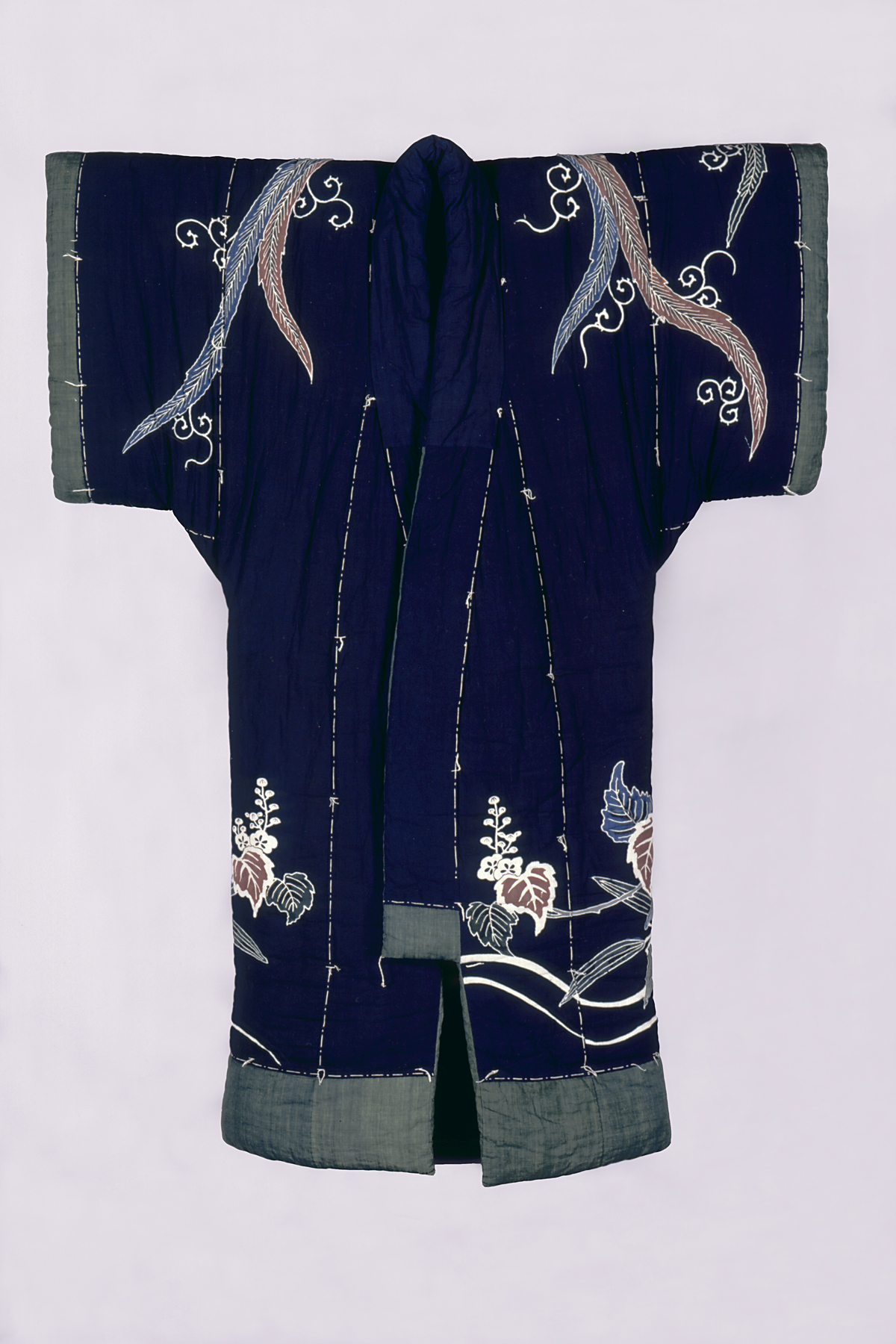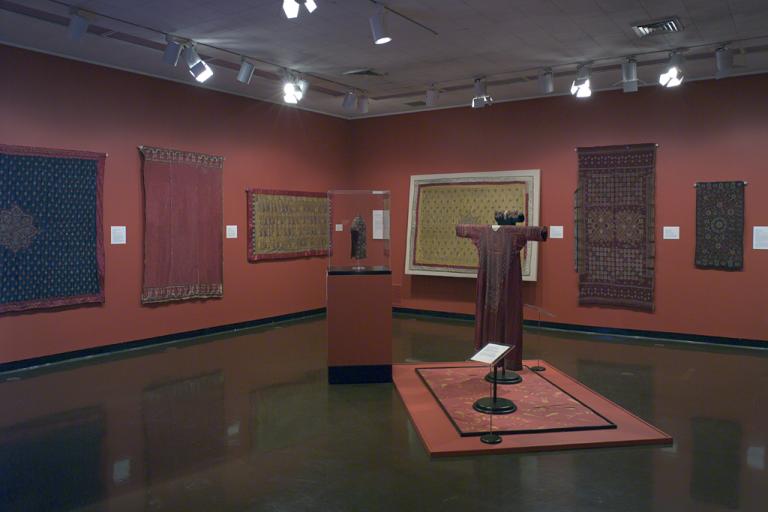yogi (night garment), unknown maker from Japan
Artwork Overview
yogi (night garment)
, late 1800s or early 1900s, Meiji period (1868–1912)
Where object was made: Japan
Material/technique: tsutsugaki; dyeing; cotton
Dimensions:
Object Length/Width (Length x Width): 200.66 x 160.02 cm
Object Height/Width (Height x Width): 79 x 63 in
Object Height/Width/Length (Height x Width x Length): 13 1/2 x 30 1/2 x 85 in
Object Length/Width (Length x Width): 200.66 x 160.02 cm
Object Height/Width (Height x Width): 79 x 63 in
Object Height/Width/Length (Height x Width x Length): 13 1/2 x 30 1/2 x 85 in
Credit line: Museum purchase: Barbara Benton Wescoe Fund
Accession number: 1993.0013
Not on display
If you wish to reproduce this image, please submit an image request




